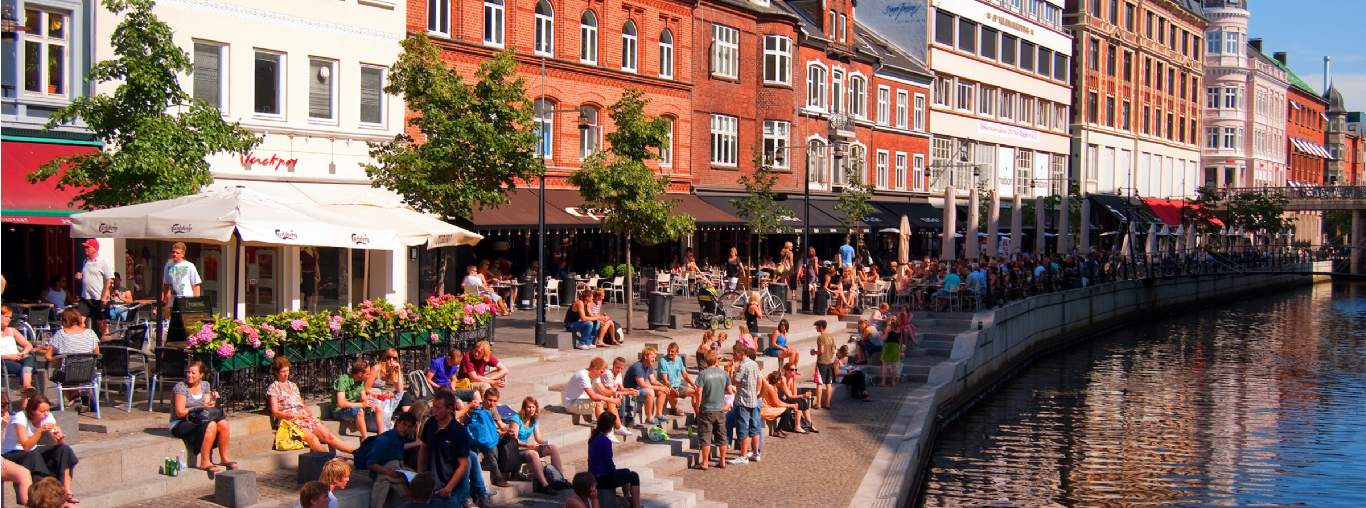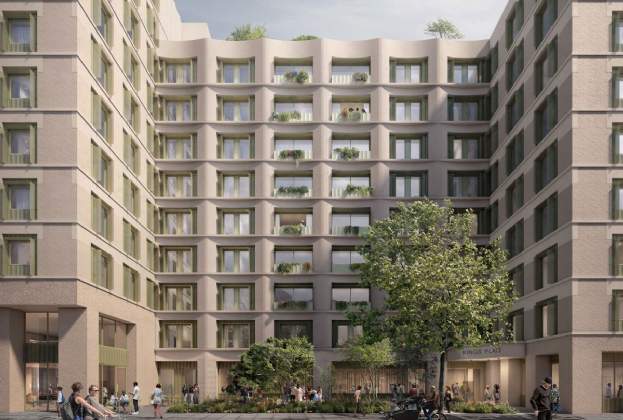The student population across the four Nordic countries – Sweden, Finland, Denmark and Norway – is on the rise.
Over the last three years, the total number of students has increased at a compound annual growth rate (CAGR) of almost 2 per cent. In Sweden it has grown at over 3 per cent during that same period, with more than 420,000 students registered there in the most recent full academic year.
Conversely, the supply of private Purpose-Built Student Accommodation (PBSA) remains limited, with the number of available beds accounting for less than three per cent of all students in the largest seven cities (by student population): Copenhagen, Stockholm, Helsinki, Oslo, Aarhus, Gothenburg and Lund.
With this compelling supply and demand imbalance, the maturity of PBSA as a sector, and the robust economies of the Nordic countries, it’s no surprise that the Nordic student housing market is increasingly appealing to global investors and significant quantities of institutional capital are targeting PBSA in the region.
So what are the challenges and opportunities for these investors?
Despite having smaller student populations (in absolute terms) compared to other parts of Europe, there is a high concentration of students, especially international students, within the largest Nordic cities. However, there are significant barriers to entry that investors need to understand and risk-manage.
For example, Sweden has complicated rent-setting regulations governed by local tenants' associations, Denmark recently implemented rental growth caps, and Finland’s large supply of subsidised student housing provides accommodation to students at 30 per cent below cost. Despite these challenges however, there remains a strong business case for private PBSA, underpinned by the region’s prestigious universities (13 in the global top 250), 46 per cent higher average GDP per capita versus the rest of Europe, and a larger than average young population (18 per cent versus 13 per cent in Western Europe).
The strength of investor demand is demonstrated by many of the largest PBSA transactions in Europe taking place in the Nordics over the last 24 months. Notable examples in the most active transactional market, Denmark, include XIOR’s acquisition of the Basecamp portfolio and Catella’s purchase of the Formuepleje Group portfolio in 2021. XIOR’s deal also included an asset in Malmo, while Studentbostader and NREP made acquisitions across Norway and Sweden and Heimstaden purchased a 206-bed asset from AB Stangastaden in Linkoping, Sweden. As a result of this activity, RCA reports that capital values per bed in the region have increased approximately 19 per cent year on year between 2020 and 2022.
Looking to the future, we expect increasing transactional activity from ‘living’ sector investors such as NREP, PATRIZIA and XIOR. These investors aim to offer students purpose-built accommodation that minimises a building’s carbon footprint and provides them with aspirational, comfortable and sociable residences, improving their wellbeing. The issue of wellbeing was a key talking point in a recent Class Foundation online event, co-chaired by Savills, discussing why mental wellbeing is a particular concern in the Nordics where loneliness has become a widespread issue.
In the first half of 2023, large ‘living’ sector investors are actively forming platforms with the aim of establishing brands synonymous with the energetic, cultural and adventurous Nordics lifestyle. We expect them to acquire assets that form part of a clear long-term investment strategy or where discounts are available in pricing due to upcoming portfolio refinancings.

.jpg)


.jpg)